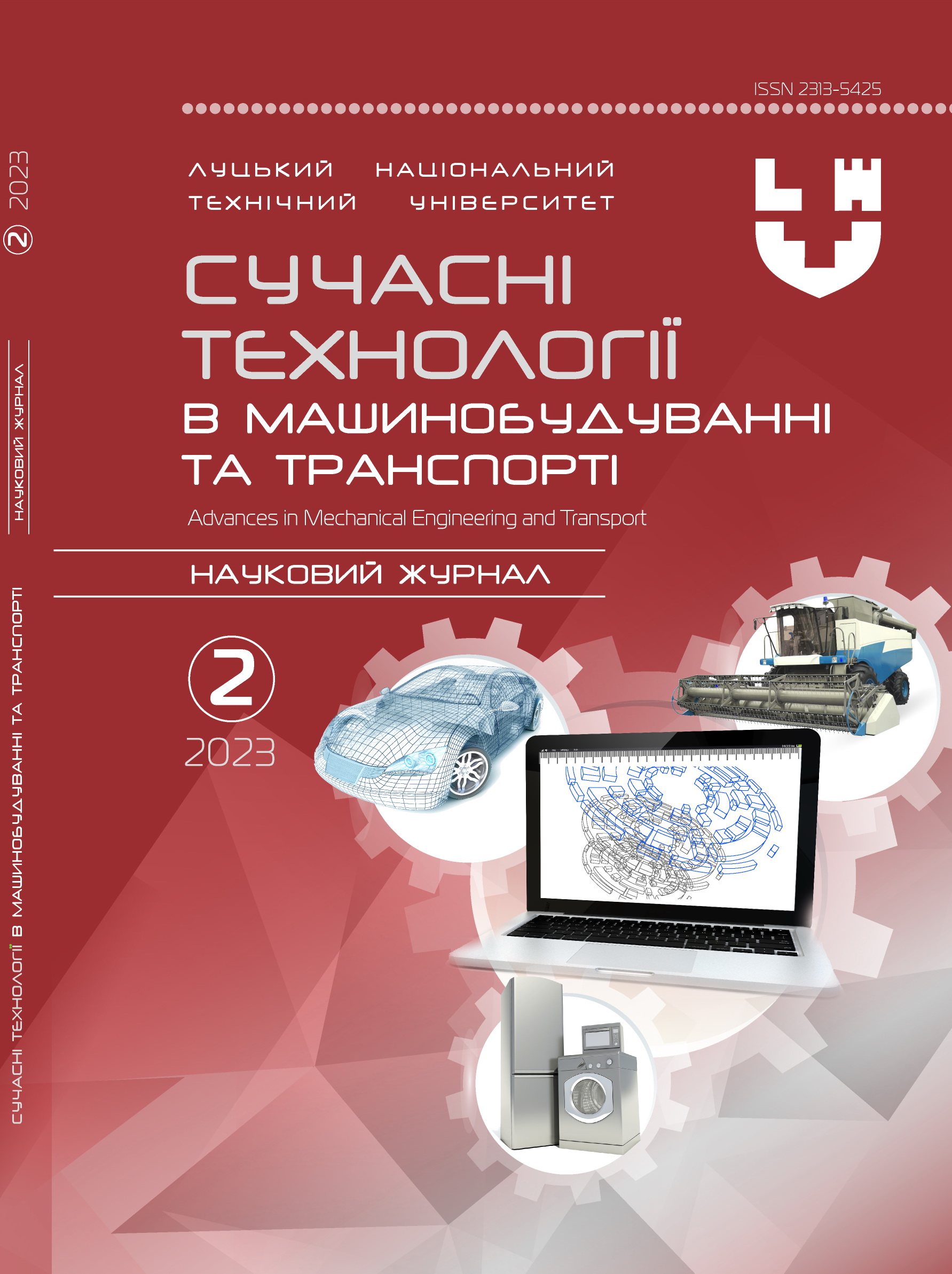On the issue of modeling the distribution of traffic flows in cities
Abstract
The work is devoted to the development of effective methods for modeling the distribution of traffic flows in cities. Analysis of the results of previous studies has shown that it is expedient to forecast the parameters of traffic flows in cities using methods of modeling the patterns of movement of vehicles. A significant influence on the parameters of car traffic is exerted by the traffic conditions determined by the characteristics of the street and road network. In addition, the external environment affects the parameters of movement. This influence determines the stochastic nature of the movement. Taking into account stochastic phenomena in modeling the parameters of traffic flows will allow to obtain more adequate results of forecasting the parameters of traffic flows in cities. Conducting field surveys and processing their results made it possible to obtain the data necessary for the development of models of car movement parameters. The obtained models were used in a simulation model of vehicle movement. An algorithm of the simulation model of movement of vehicles on the street and road network is presented. The initial data in modeling the movement of vehicles are their parameters and traffic conditions. The route of movement is represented from the aggregates of sections between intersections and intersections of the street and road network. At the next stage of modeling the movement of vehicles, the type of section is determined - with two-way or one-way traffic. Depending on the type of site, the corresponding models and parameters of distribution laws. From the use of the developed models, the average speed of movement along the site is determined. In the next step, the actual velocity is simulated using the Neumann method as a random variable distributed according to the normal law. Given the value of the actual speed of movement, it is possible to determine the driving time on the site. Similarly, the time it takes for cars to pass through the intersections of the street and road network is simulated. After considering all sections and intersections of the route, the total time of movement is determined and the results of the calculations are displayed. The obtained results make it possible to determine the parameters of car traffic along the street and road network of the city, which allows solving the problem of distribution of traffic flows in cities.
Keywords: transport system, traffic route, section, intersection, speed, law of distribution, model.




